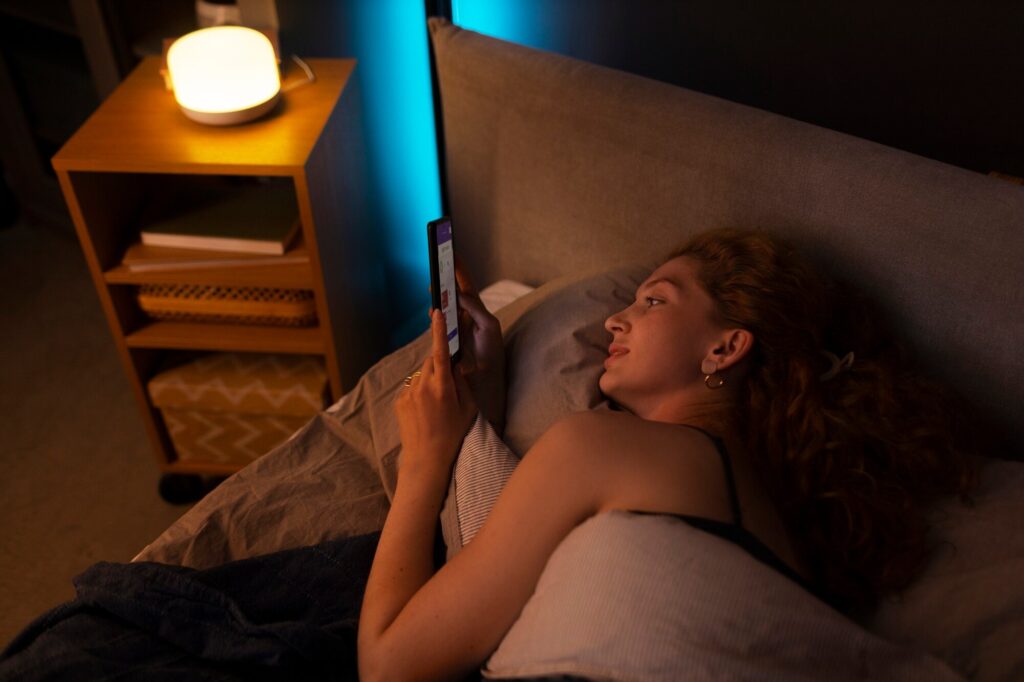Tracking your sleep with a wearable is only the first step toward better rest. The real magic happens when you let automation analyze your nightly patterns, generate easy-to-digest reports, and even suggest tailored tweaks to your routine. By setting up recurring data pulls, configuring automated summaries, and linking insights to actionable recommendations, you can transform raw numbers into a personalized roadmap for deeper, more restorative sleep. These lifehacks will walk you through creating a self-maintaining system that keeps you informed and empowered—without manual data wrangling.
Set Up Seamless Data Collection and Syncing

The foundation of automated analysis is reliable data flow. Choose a tracker or app that offers automatic syncing to the cloud or a local folder—no button-pressing required. Ensure your device uploads every night’s readings as soon as it reconnects to Wi-Fi or your phone. If your wearable supports third-party integrations, link it to a sleep-analysis platform or spreadsheet service so new entries append themselves in real time. For a fully hands-off approach, enable background syncing on your smartphone and schedule a nightly reminder to place your tracker on its charger near the synced device. With these setup lifehacks, you create a worry-free pipeline where every sleep metric is captured and ready for analysis the moment you wake up.
Configure Recurring Automated Sleep Reports
Raw data can be overwhelming; concise reports keep you focused on the big picture. Use your tracking platform’s reporting features—or a linked notebook service—to generate weekly or monthly summaries that highlight total sleep time, stage distribution, and restlessness. Automate these reports to arrive in your inbox every Monday morning, or configure push notifications on your phone for quick weekend check-ins. If your platform supports it, set up custom charts—such as a rolling average of your deep-sleep percentage over 30 days. By automating report delivery, you shift from digging through charts to simply reviewing clear, actionable insights, making it easy to spot trends and celebrate milestones in your sleep journey.
Leverage Personalized Recommendations and Alerts
Automated analysis becomes truly powerful when it goes beyond numbers and suggests next steps. Many platforms offer built-in coaching based on your data—like recommending an earlier bedtime if your REM is consistently low, or suggesting a wind-down routine when your heart-rate variability dips below your personal baseline. If your tracker lacks this feature, connect your data to a rules engine or habit app that triggers custom alerts: for example, a morning prompt to adjust your evening caffeine cut-off when your average sleep latency exceeds 20 minutes. These recommendation lifehacks turn passive tracking into active improvement, guiding you toward small changes that compound into significantly better rest.
Integrate Environmental and Lifestyle Metrics
Sleep doesn’t happen in a vacuum—ambient light, room temperature, and daily habits all play a role. Enhance your automated analysis by feeding in data from smart thermostats, light sensors, or habit trackers. Correlate bedroom temperature swings with increased wake-times, or link late-night screen exposure from your device logs to reduced deep-sleep percentages. By combining these contextual signals with your core sleep metrics, you uncover hidden patterns—like how weekend social plans affect your weekday recovery. Automating this integration means you don’t manually align charts; instead, your dashboard automatically overlays environmental factors and lifestyle logs, giving you a 360-degree view of what truly helps or hinders your sleep.
Review, Iterate, and Optimize Over Time

Even the best automated system needs occasional fine-tuning. Schedule quarterly “sleep audits” where you review your historical reports, adjust thresholds for alerts, and prune or add new metrics based on evolving goals—perhaps shifting focus from total hours to sleep efficiency during a stressful project. Archive older reports in a searchable format so you can revisit key turning points, such as when you first lost deep sleep due to a new mattress. Finally, share summarized insights with a sleep coach or healthcare professional if you encounter persistent issues. By building these iterative lifehacks into your routine, you’ll keep your sleep-tracking system both accurate and aligned with your changing needs, ensuring you’re always moving toward truly restorative rest.

Leave a Reply